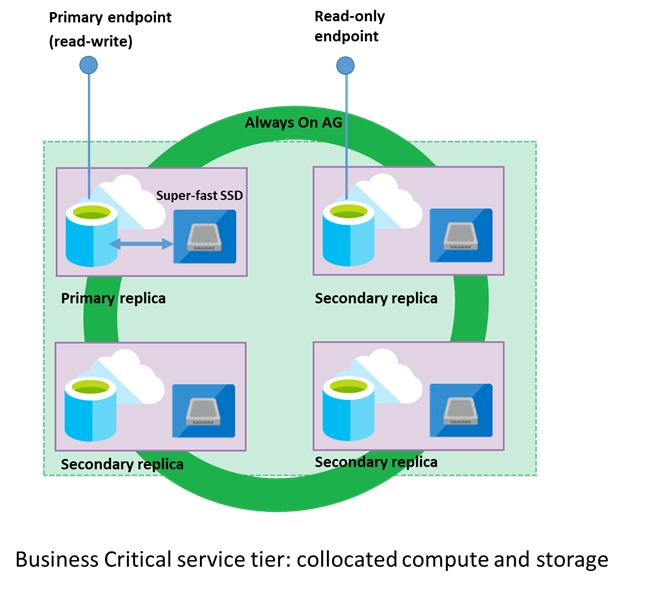

A company plans to use Azure SQL Database to support a mission-critical application.
The application must be highly available without performance degradation during maintenance windows.
You need to implement the solution.
Which three technologies should you implement? Each correct answer presents part of the solution.
NOTE: Each correct selection is worth one point.

bansal_vikrant
Highly Voted 5 years, 1 month agoinduna
5 years agohello_there_
4 years, 1 month agosidharthamanu
Highly Voted 5 years, 2 months agoGeorgiP
Most Recent 4 years, 4 months agosyu31svc
4 years, 8 months agoEgocentric
4 years, 8 months agohart232
4 years, 10 months agoLeandroAmore
5 years agozac874997967
4 years, 11 months agoHuepig
5 years, 4 months agozenomas
5 years, 4 months agoabeworld
5 years, 3 months agoabeworld
5 years, 3 months agoM0e
4 years, 10 months agosoak
5 years, 2 months ago